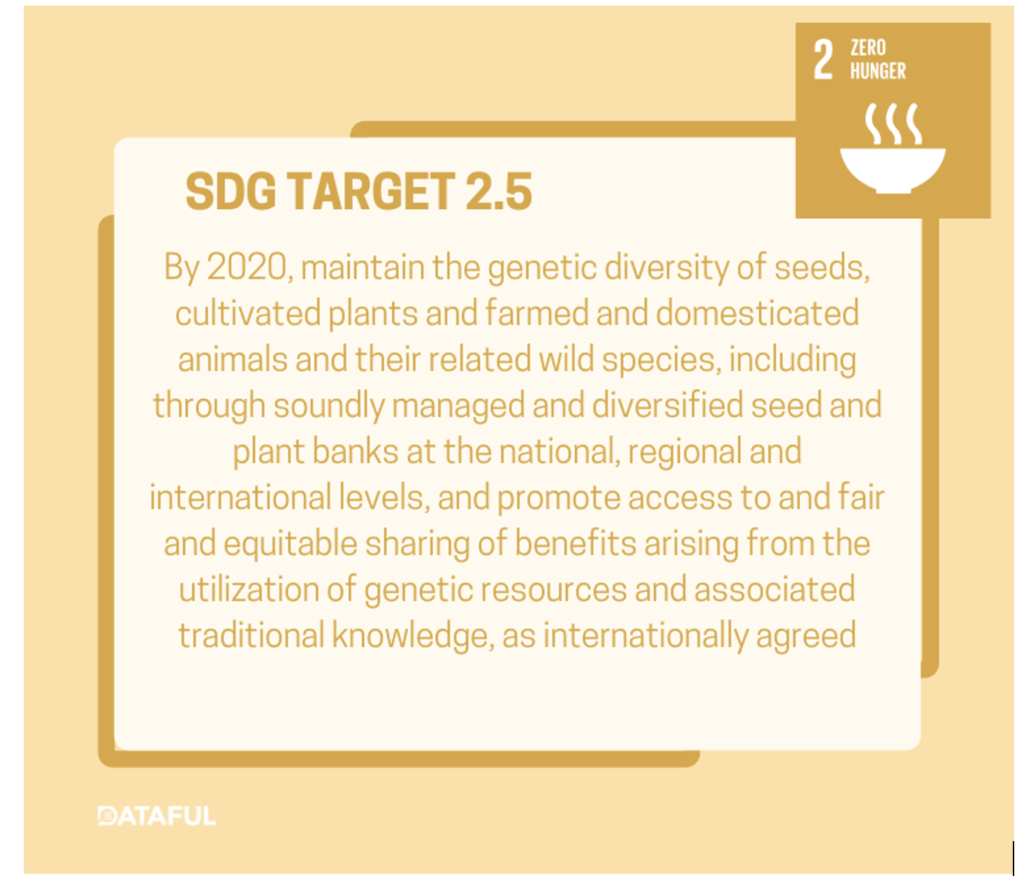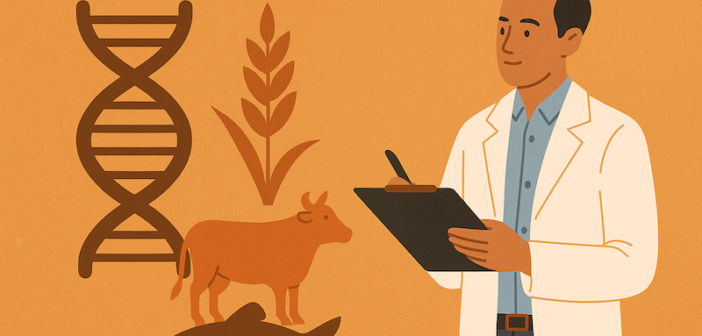TL; DR
As per the SDG India Progress report, India has made steady progress in conserving the genetic diversity of plants, animals, and fish, a crucial step for food security and climate resilience. Between 2014 and 2024, the number of conserved animal and fish genetic resources more than doubled, while plant genetic resources rose by over 56,000.
Context:
Genetic diversity in agriculture is essential for food security, climate resilience, and sustainable farming. As part of Sustainable Development Goal (SDG) 2.5, India tracks how many plant, animal, and fish genetic resources are being conserved in gene banks. These collections serve as biological insurance for future generations.

Who compiles this data?
While the data appears in the SDG India Progress Report published by the Ministry of Statistics and Programme Implementation (MoSPI), it is compiled by the Ministry of Agriculture and Farmers’ Welfare through three specialised research institutions:
- ICAR-NBPGR: National Bureau of Plant Genetic Resources
- ICAR-NBAGR: National Bureau of Animal Genetic Resources
- ICAR-NBFGR: National Bureau of Fish Genetic Resources
Where can I download Clean & Structured Data?
Download detailed state-wise and indicator-wise SDG performance datasets for India on Dataful.
Key Insights
- India has shown consistent progress in conserving plant, animal, and fish genetic resources in the last decade.
- The number of conserved plant genetic resources increased by over 56,000, while animal genetic resources more than doubled.
- Fish genetic resources under conservation more than doubled in a decade, reflecting a strengthening focus on aquatic biodiversity.
Why does it matter?
Genetic diversity underpins food security, sustainable agriculture, and resilience to climate change. Conservation efforts ensure that future generations have access to diverse genetic materials for breeding, research, and restoration. This is especially important in a climate-sensitive country like India, where adaptive traits in genetic resources can secure livelihoods.
Key Numbers
Between 2014-15 and 2024-25, the different genetic resources have increased as follows:
- Plant Genetic Resources:
432,564 → 489,159
Net increase: 56,595 (+13%)
- Animal Genetic Resources:
140,364 → 339,874
Net increase: 199,510 (+142%)
- Fish Genetic Resources:
47 → 102
Net increase: 55 (+117%)



